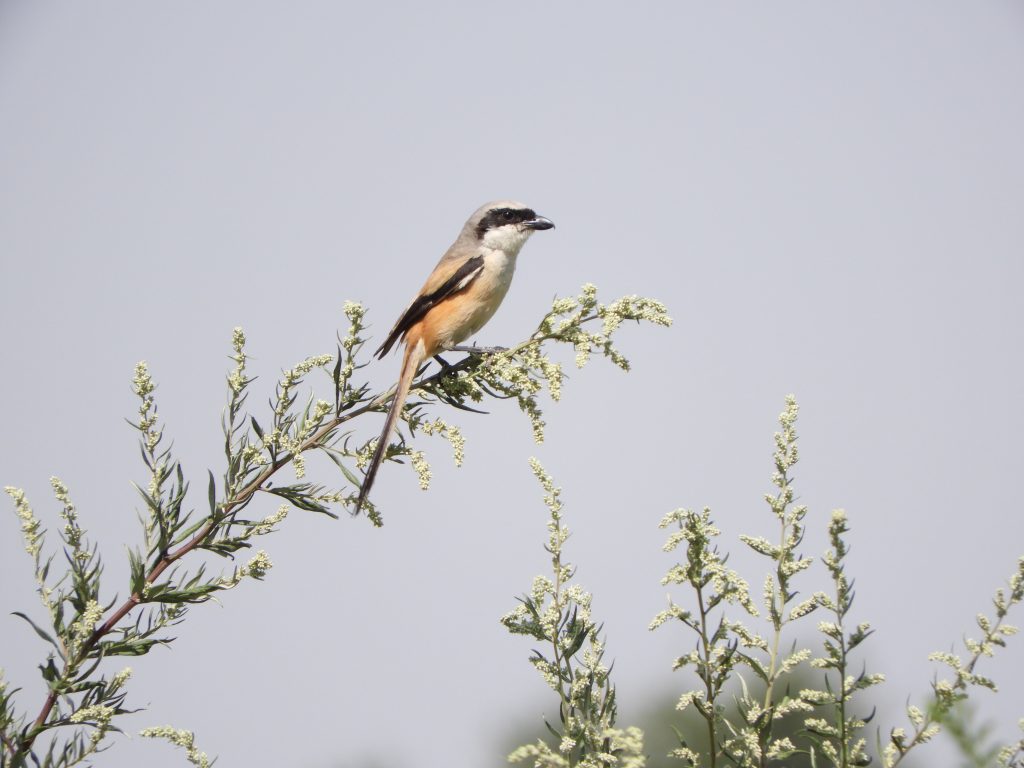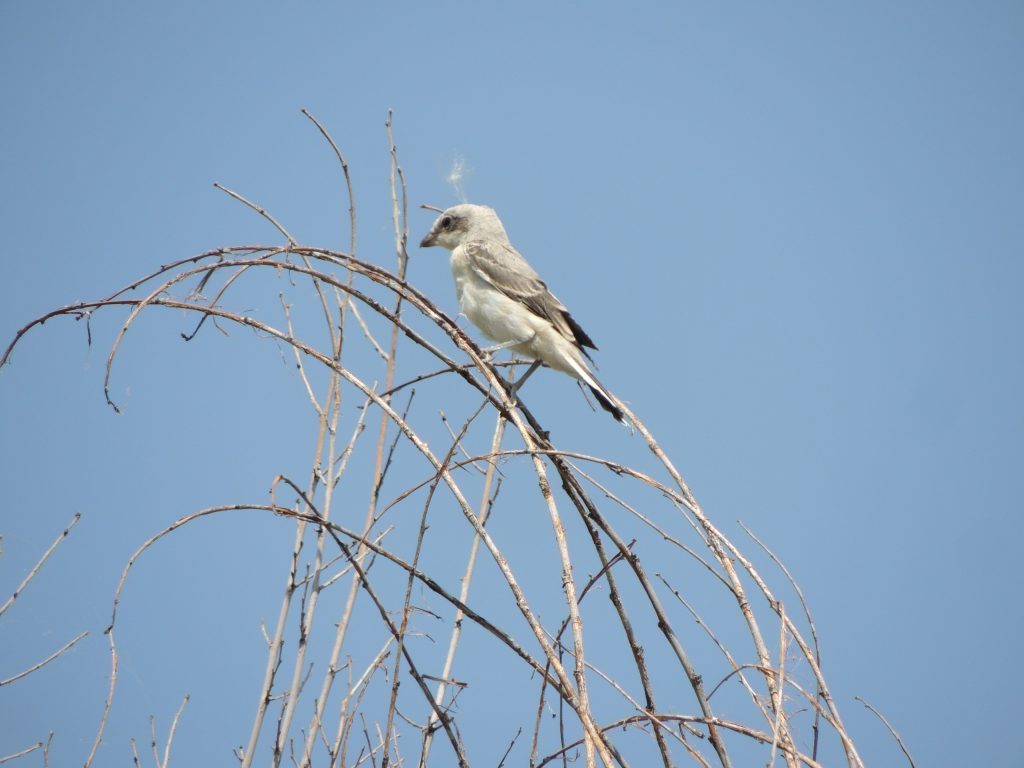July 7 2018, Bishkek, Kyrgyzstan. Bishkek, the capital of Kyrgyzstan, is a young city and hot and dusty in July. It owes its founding to early twentieth century Russian expansionism and efforts to populate this land with permanent settlements rather than nomadic herders. It’s a busy city, with civic pride evident in its vast public plazas, heroic statues and imposing government buildings. Although well treed and having the magnificent setting of a snow-capped mountain range not far to the south it should be an elegant place, but it’s a bit soviet-utilitarian in style. But safe, I found that I could walk anywhere at any time without risk or arousing the unwelcome curiosity that an evident tourist often does. (Even when crossing the wide streets, drivers give lots of careful respect to pedestrians).
I was there on this date waiting to join a twelve-person strong volunteer expedition organized by Biosphere Expeditions and heading into the Tien Shan mountains to look for evidence of Snow Leopards. I had a couple of days to myself and naturally wondered what birds I might find; the reality was, not many.
Within walking distance of my inexpensive, but to me luxurious, hotel there were Common Mynas at every turn; they are a sociable bird and tend to be a bit garrulous and before very long they hardly merited a second look.
The hotel was on an unimportant side street, roughly paved and bordered by defensive sheet steel fences and neglected apple and walnut trees. As I walked the road one early morning a bird flew up from the road to a weedy tangle and stayed long enough for me to get a decent un-binoculared look at it. It was clearly a shrike of some kind but hard to tell much more than that. It flew again as I approached and showed an expanse of muted orange across its upper wings and back, that was enough information for me to later identify it as a Long-tailed Shrike, a fairly common bird of urban settings. I came to realize that it is valued for its prolonged soft, melodious and inventive song, music that often pervaded the neighbourhood and in its rambling reminded me of our familiar Northern Mockingbird.

I was quite excited by it for several reasons: I had identified it (always a good start); It was a new bird in a new country; It was shrike, (nifty birds that are few and far between in my world). It was like finding a corner bit of a jigsaw puzzle, that piece that anchors a sense of place, something to build on.

In the next few weeks I saw several shrikes, not all as easily identified; in fact none of them, although I suspect they included Asian Grey Shrike and/or Great Grey Shrike. One of the month’s recurring difficulties was that many birds of all species were just-out-of-the-nest juveniles and hard to identify. But on one of the last of my days in Kyrgyzstan my companion and I disturbed the above roadside Long-tailed Shrike. It was singing softly until we when pulled up beside it and opened our car doors, with that flew across the road to watch us from a safe distance and perched obligingly for photographs.